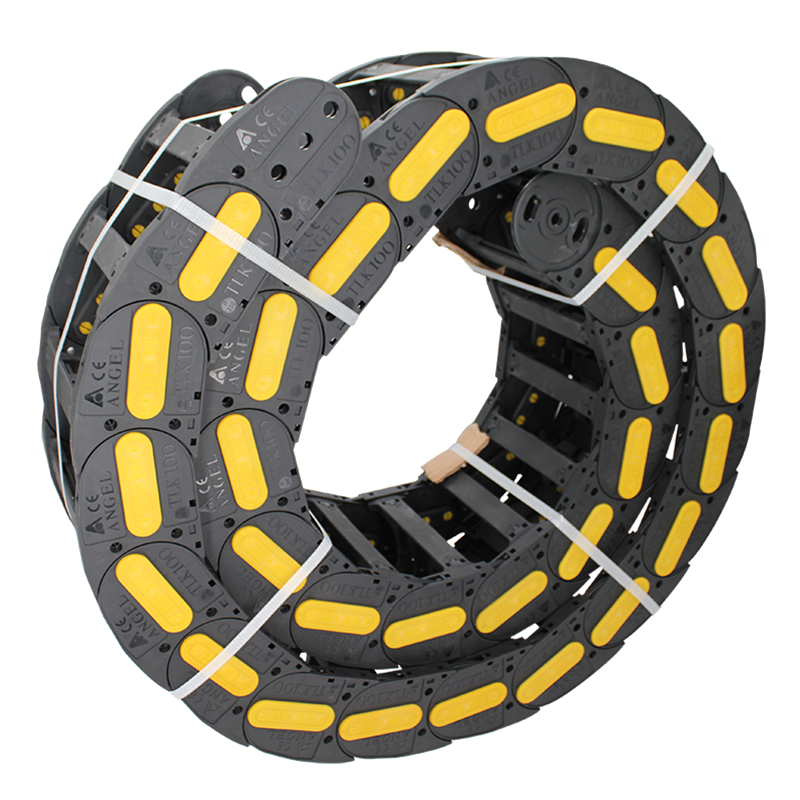chip conveyor types
Understanding Chip Conveyor Types An Essential Component in Manufacturing
In the realm of manufacturing and machining, efficient material handling is crucial for maintaining productivity and minimizing downtime. One critical component in this process is the chip conveyor. Chip conveyors are specifically designed to remove metal shavings, chips, and other debris generated during machining operations. They play an essential role in keeping work environments clean, safe, and efficient. This article explores the various types of chip conveyors, their mechanisms, and applications in manufacturing.
Types of Chip Conveyors
1. Apron Chip Conveyors Apron chip conveyors consist of a series of metal plates that form a continuous belt. These conveyors are suitable for transporting larger, heavier metal chips and are typically used in heavy-duty machining operations. They have robust construction, allowing them to handle abrasive materials and high-volume waste effectively. The design ensures minimal jam-ups, which is vital in a high-speed production environment.
2. Scraper Chip Conveyors Scraper chip conveyors utilize a series of scrapers attached to chains or belts that slide along the conveyor track. These scrapers effectively push the chips towards a discharge point. One of the key advantages of scraper conveyors is their ability to handle fine chips and other small debris. They are particularly useful in applications where space is limited, as they can be installed in a compact manner.
3. Magnetic Chip Conveyors As the name suggests, magnetic chip conveyors employ magnets to transport ferrous chips. This type of conveyor is ideal for machining processes that produce magnetic materials, as it can efficiently separate chips from coolant and other contaminants. Magnetic conveyors feature a belt that is magnetized, pulling the chips along as the belt moves. This method not only aids in chip removal but also enhances the recovery of coolant, leading to cost savings.
chip conveyor types

4. Bucket Elevators Bucket elevators are a specialized type of chip conveyor that moves materials vertically. They consist of a series of buckets attached to a belt or chain, which lift chips from a lower level to a higher discharge point. These elevators are particularly helpful in reducing floor space used in chip handling operations. Bucket elevators are commonly used in conjunction with other types of conveyor systems to create integrated chip-handling solutions.
5. Hinged Steel Belt Conveyors These conveyors feature a series of hinged steel belts that transport chips and waste away from the machine. They are known for their durability and ability to handle heavy and sharp metal waste. Hinged steel belt conveyors are versatile, as they can be configured to navigate around obstacles and change directions as needed. This flexibility makes them a popular choice in various manufacturing environments.
Choosing the Right Chip Conveyor
Selecting the appropriate chip conveyor for a specific application depends on various factors, including the type of material being handled, the volume of chips produced, and the layout of the work area. Manufacturers should consider the conveyor’s capacity, ease of maintenance, and the type of chips generated when making their choice.
Conclusion
Chip conveyors are integral to maintaining efficiency in machining and manufacturing processes. By understanding the different types available, manufacturers can make informed decisions that optimize their operations. The use of appropriate chip conveyors not only streamlines workflow but also contributes to a safer and more organized workspace, ultimately leading to improved productivity and reduced costs.








